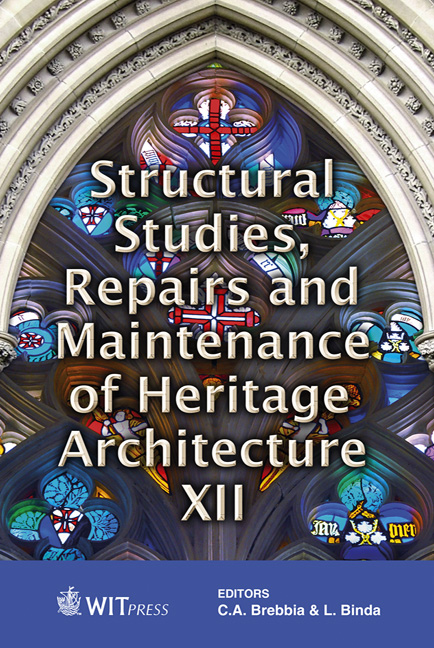Charts For The Conservation Of Vernacular Drystone Retaining Walls
Price
Free (open access)
Transaction
Volume
118
Pages
10
Page Range
463 - 472
Published
2011
Size
935 kb
Paper DOI
10.2495/STR110381
Copyright
WIT Press
Author(s)
H. H. Le, J. C. Morel, D. Garnier & P. McCombie
Abstract
Drystone walls are durable structures, due to their intrinsic ductility, permeability, and the strength of the materials used. Nevertheless, they can be subject to slow deterioration due to the weathering of the materials, application of loads for which they were not designed, impact, or inappropriate repair methods. It is then necessary to assess the condition of the structure, and design repairs or a replacement construction. A suitable design should then help to minimize the overestimation of the structure’s resistance which will result in a waste of materials and resources. Actually, three methods may be used in the design of drystone retaining walls – the distinct element method, yield design and limit equilibrium analysis. Based on them, charts are suggested to facilitate initial design. Keywords: drystone retaining walls, design charts, limit equilibrium, homogenization, yield design, UDEC. 1 Introduction Substantial studies of drystone wall construction and performance have been carried out over the last 25 years, and these studies are ongoing, with the aim of guiding the maintenance, repair and new construction of these structures. In France and in the United Kingdom, drystone walls play an important role while representing a big part in the amount of road retaining walls (about one-sixth of
Keywords
drystone retaining walls, design charts, limit equilibrium, homogenization, yield design, UDEC




